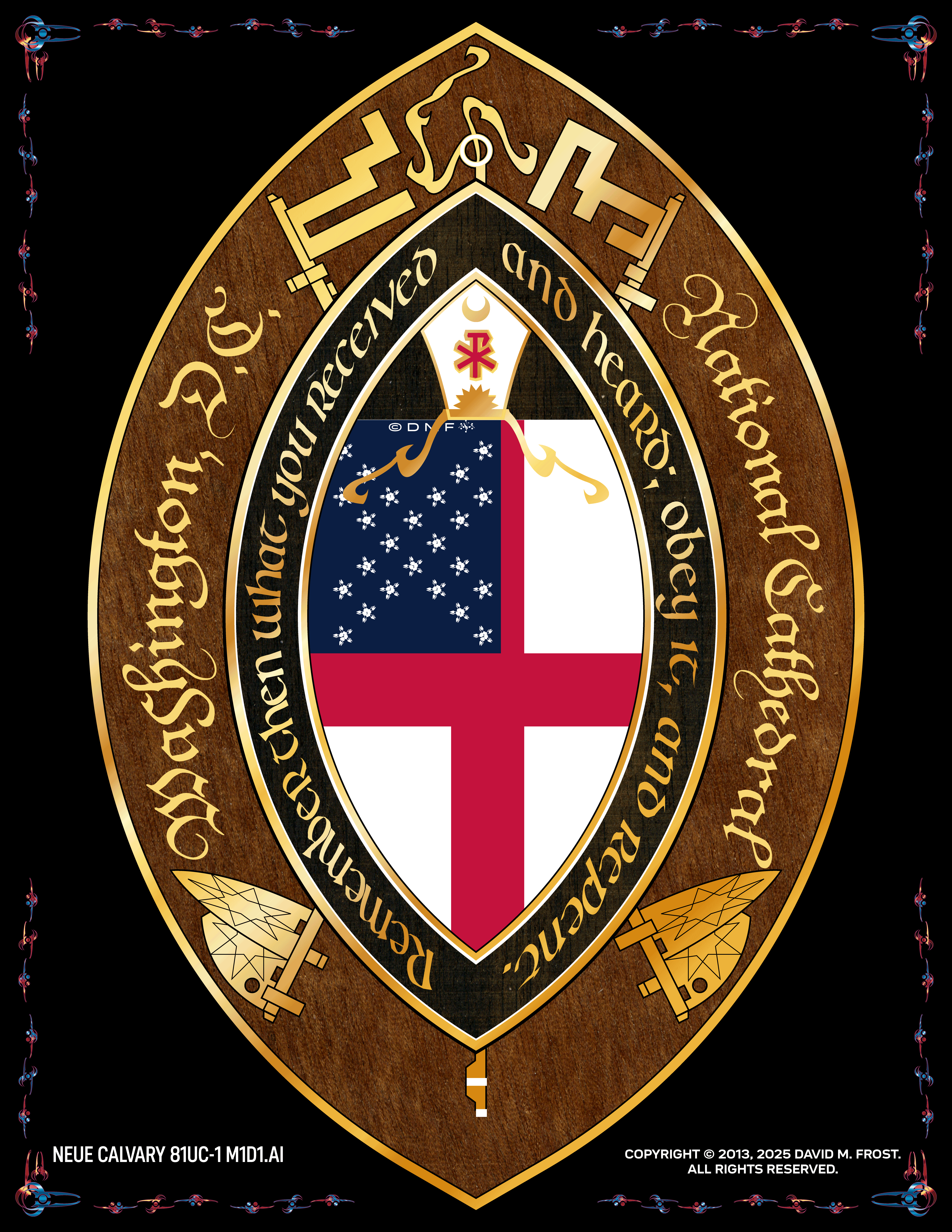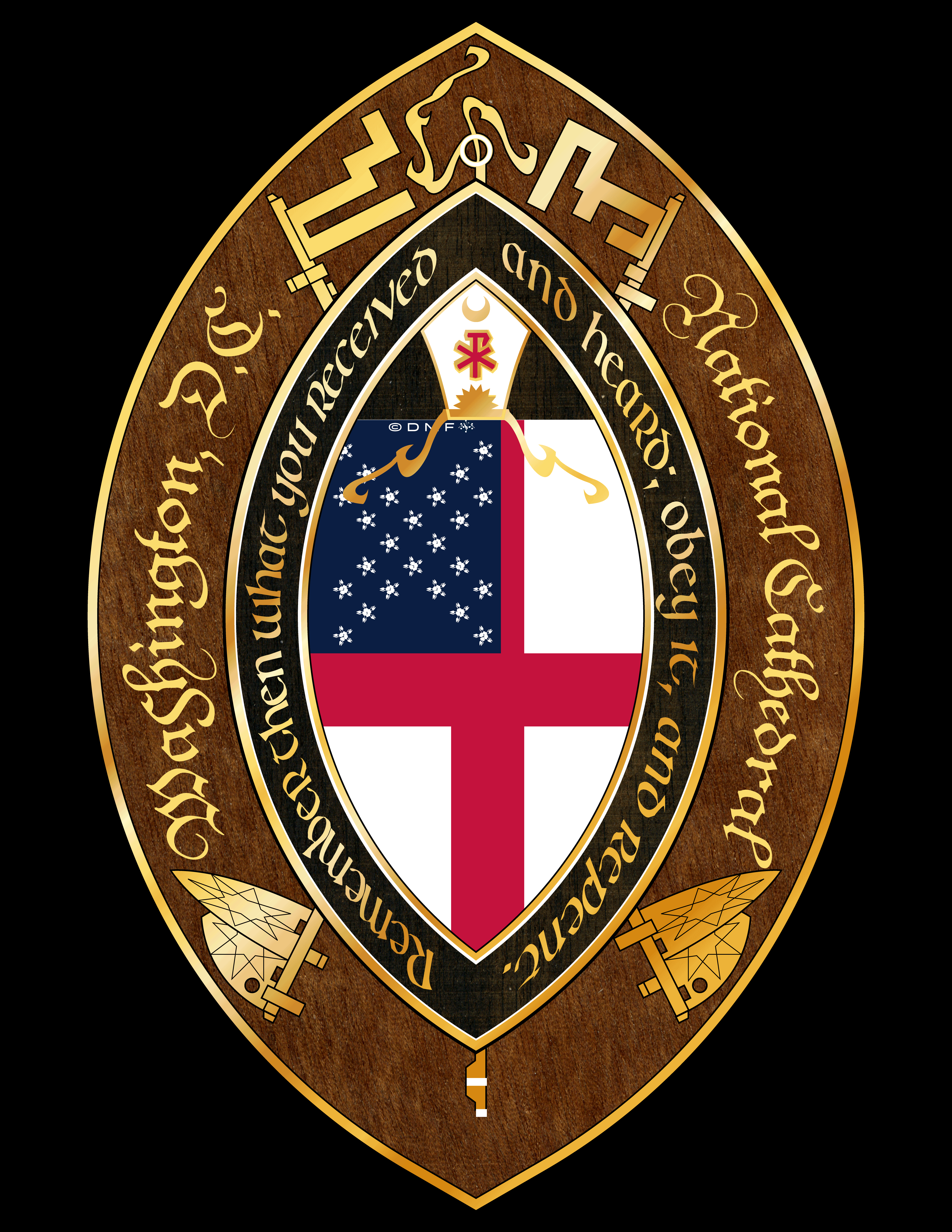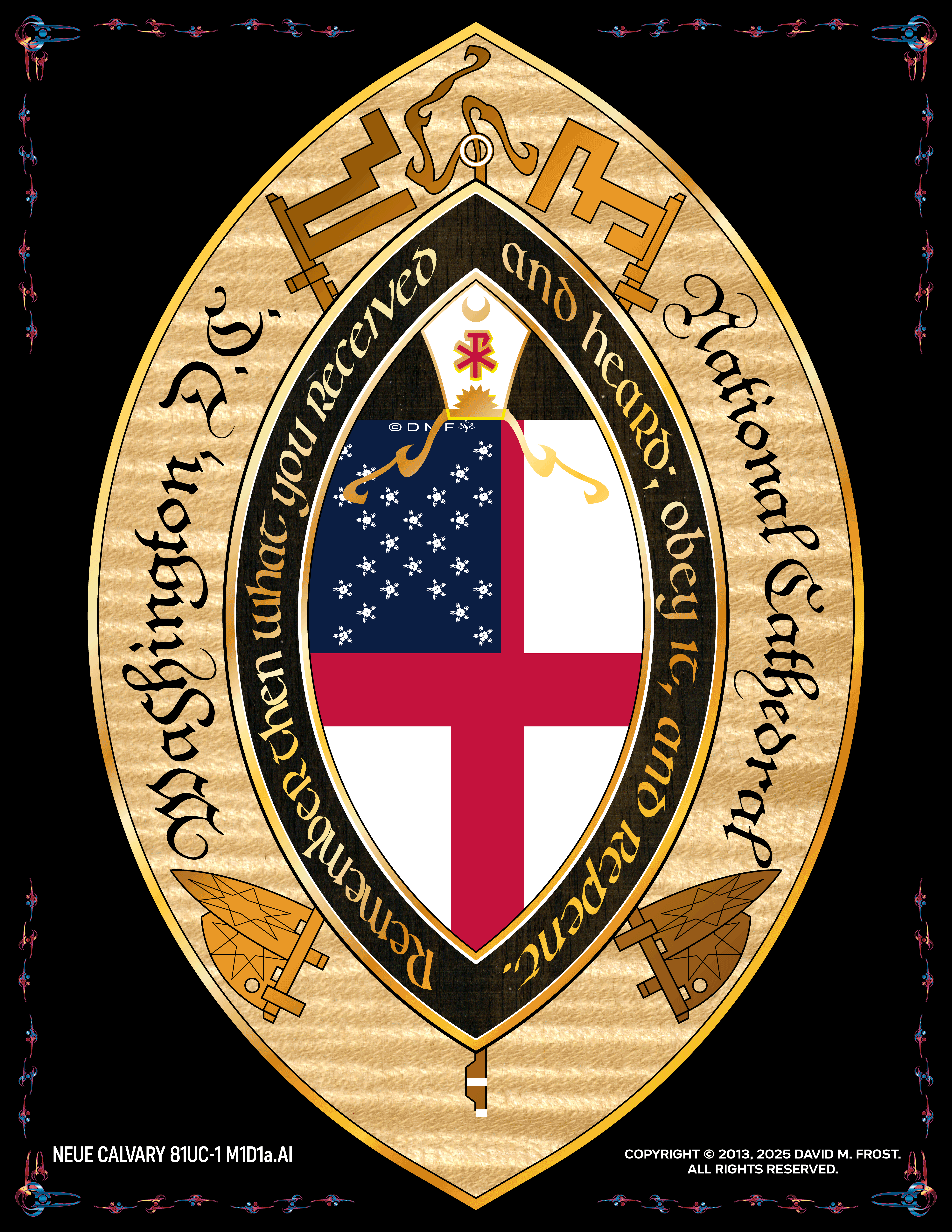HOME | DD
 Mobiyuz — The Hokkaidan Troubles
Mobiyuz — The Hokkaidan Troubles

#alternatehistory #eastasia #hokkaido #japan #oshima #troubles #alternatehistorymap #irishtroubles
Published: 2023-10-02 01:58:45 +0000 UTC; Views: 11333; Favourites: 118; Downloads: 19
Redirect to original
Description
This one was a suggestion from Cascadiawank . It is not a true "history" per se, more a kind of thought experiment mapping the Irish Troubles into Japan.
---
The historical trend is for islands to be unified by their strongest power, or in some cases archipelagos united by the strongest power on the largest island. This has held true for Japan, but rarely after that conquest does an island wrest itself free from the control of the "mainland". In 1916, while Japan was deep in the bloodshed of the First Great War, the conflict suddenly came home when the northern island of Hokkaido broke out in a massive uprising against Japanese rule. This was nothing new, the Ainu had always resented the Japanese conquest and presence, but this time Japan's overseas commitments and a combination of organization and strategic planning by the Hokkaido Republican Army would finally bear fruit and succeed in the long-held goal of a free and independent Hokkaido. And almost immediately it began to go wrong, as the southwestern peninsula of Hokkaido Island quickly found itself at the crosshairs of one of the most fraught political tensions in modern Japanese history.
To understand why, it is necessary to move all the way back to the end of the 16th Century and the end of the Sengoku Jidai. After the reunification of Japan through the efforts of Oda Nobunaga, Toyotomi Hideyoshi, and ultimately Tokugawa Ieyasu, the southern extent of the Oshima Peninsula (Hebashir Cha) was given as a fiefdom to the Matsumae Clan, who were tasked with defending northern Honshu against attacks by the Ainu. This began a long period of the gradual expansion of Japanese influence into Hokkaido until it had fully gained control of the island by the Meiji Restoration of 1868, during which time the Ainu as a whole were brought under Japanese leadership. In the process, the Japanese came to saw themselves as a "civilizing" force for the Ainu, and long-held beliefs of the "superiority" of Japanese culture and identity were steadily imposed onto the Ainu as a means of "civilizing" the island and working to bring them away from their own, obviously "inferior" culture.
A lot of this history is complicated by the nature of politics and nationalism, but the important thing to consider is the way that this whole process affected the Ainu themselves. Although active genocide against the Ainu was mostly nonexistent (there cannot be enough emphasis on the mostly part), repression of Ainu culture, language, and identity was a major part of the way that the Japanese sought to Iaponize the Ainu people. The most visible and well-known period of this was that of the Matsumae Domain itself, which over time came to encompass the whole of the island along with the islands of Kunashir, Etofuru, Shikotan, and the Habomai Islands. Although the Matsumae Daimyo remained the sole official landowners, the scope of their control was such that they began to informally sublet land to their own samurai, who in turn were able to not only bring Japanese settlers to the island from Honshu, Shikoku, and Kyushu, but to essentially force the Ainu into tenancy under their oversight.
In the process, many Ainu were increasingly marginalized in their own country, and some took to adopting the culture and traditions of the Sisam ("foreigners") as a means of advancement. For those who didn't, though, many were forced into becoming tenant farmers under Matsumae stewardship, with the old clan systems being forcefully broken up. This itself was already incredibly disruptive for the communal Ainu, but moreso was the suppression of the Ainu language and aspects of Ainu religion and culture. In the eyes of Ainu academics, the Japanese period of occupation was colonization in its truest sense, and some would class Hokkaido as being the first true victim of Japanese imperial aggression. In that period, the Japanese were eager to gain control of the island and its resources, and even before the Meiji Restoration the island was already becoming a large-scale agricultural plantation primarily oriented around the export of fish, beef, and rice to feed mainland Japan.
Actual settlement of the Japanese people was a slow process. Even by 1868, the presence of ethnic Japanese was mostly limited to the Oshima Peninsula, where control had been in place for the longest. For the most part Japanese control in Hokkaido was exercised by Iaponized Ainu, Ainu who had adopted the Japanese language and religion as a form of integration. Part of this was assisted by the rugged terrain of Hokkaido. Although most of Japan had been "tamed" ages ago, Hokkaido was a relatively new conquest and was still covered in dense forests which along with the rugged terrain typical of the Japanese Islands made it easy for many Ainu to flee to less developed regions of the island, particularly the north and east, and form long-standing pockets of resistance against the Japanese. Those who couldn't, though, were increasingly marginalized into subsistence farming or quasi-slavery on behalf of the Japanese. This in turn created the circumstances which would trigger the greatest catastrophe of modern Ainu history.
The introduction of the yam to Japan was a major event that swept Japanese agriculture and began a major population increase, but in Hokkaido where many Ainu had been forced to abandon traditional hunter-gatherer lifestyles the yam became a lifeline. It was nutritious, easy to cultivate, and allowed the Ainu to subsist even on the rocky or sandy soils that they were forced to grow on as the Japanese took the scarce amounts of more arable land. And then in 1865, a major blight swept the sweet potato crop in Japan. The conditions it created helped prompt the Boshin War in Japan proper, but for the Ainu it was utterly devastating. With their sole subsistence crop failing and food still being exported to the Japanese home islands, it is estimated that perhaps half the population of Hokkaido Ainu starved to death, a blow which their population still hasn't recovered from. In the midst of the Boshin War, what anger and energy the Ainu could summon went into an effort to revolt and gain independence, but the victorious Imperial forces put them down as much as the Shogunate.
Indeed, the rise of the Imperial Court and the Meiji Restoration just made things worse for the Ainu. Seeing the famine as an opportunity to "remake" Hokkaido, the reformed government of Japan began a series of infrastructure projects in Hokkaido as they did in Japan, but most if not all of these projects were restricted to the cities that were more thoroughly Iaponized. Where the Matsumae had informally encouraged Iaponization, the Meiji Government outright enforced it. Many Ainu children were forced to enter residential schools where their Ainu culture and heritage were drilled out of them, and many Japanese settlers took Ainu wives in a deliberate form of miscegenation to extinguish Ainu identity. The Iaponized Ainu were as likely to side with their Japanese masters as they were their own countrymen, and what little influence Hokkaido had in the Imperial Diet was almost always split between those who favored Hokkaidan Home Rule or increased efforts to "reform" Japanese rule in Hokkaido.
The actual separation of Hokkaido began in 1916 with the Shunbun Uprising, as the "Ainu Volunteers" launched a major attack on the city of Sapporo (Satporopet), which by then had become the largest city in Hokkaido. Although the attack was put down within 5 days, the sentiments remained inflamed and in 1918 the elections to the Imperial Diet saw the republican Anokai Party overtake the Ainu Integrationist Party. When a proposed bill for Ainu home rule was again defeated, many of the Anokai leaders took the opportunity to declare the Hokkaidan Republic, and on the same day members of the Hokkaido Republican Army (Anokai's militarized wing) launched a major attack against a group of Imperial Hokkaido Agency officers escorting a batch of explosives outside the city of Furano (Hurano-i). The events were unrelated, but both of them together were taken as the opening salvo in the Hokkaido War of Independence, which would last for another 5 years.
The HRA was extremely effective in both direct engagements and using guerrilla tactics against the Japanese, to the point that in 1920 the Imperial Diet frantically passed the Hokkaido Reorganization Act to separate the island into two jurisdictions: Oshima Prefecture, dominated by Japanese settlers and Iaponized Ainu, and Hokkaido Prefecture, still dominated by ethnic and cultural Ainu. The effort was largely stillborn, but although the HRA was able to seize control of most of Hokkaido itself it was unable to dislodge the Japanese from Oshima Prefecture (Hebashir Kur). A cease-fire was signed in 1921, at which point the new Free State of Hokkaido established a provisional government in Sapporo and the Japanese were able to install their own government for Oshima Prefecture in Hakodate (Hak kasi). Although an effort to establish a more formal end to the conflict was made, it quickly collapsed through infighting and in the end, the border between Oshima Prefecture and Hokkaido became the de jure border through the Iapo-Ainu Treaty of 1923.
All at once everything just got worse. The Free State was nominally a Japanese domain even in independence, and many complained that it was effectively a recreation of the old Matsumae Domain. Although the formal conflict had ended, the Hokkaido Republican Army remained active even after Anokai had cut ties with it. Remaining ideologically committed to expelling Japanese rule from Oshima Prefecture (what Hokkaidan nationalists called the "Southern Domain"), which when combined with the gerrymandering of Oshima's electoral districts to ensure a Loyalist majority in the Prefectural Assembly meant that Oshima Prefecture was effectively under martial law, especially after sweeping legislation from Oshima governor Kobe Iso effectively gave the Prefectural government the power to detain without trial and administer corporal punishment to preserve law and order. This in turn only alienated the Ainu who were not Iaponized but had been loyal, resulting in a number of violent clashes between the Ainu and the Japanese.
During this time, the Free State had already begun moving aggressively towards full independence. As early as 1927, the pro-treaty Ainu Kotan Party was displaced in the Hokkaidan Tsuppa by the Anokai under the leadership of Ikoro Panaligan, himself actually of joint Ainu and Tagalog descent who had been born in San Francisco. Although Japan adopted the Yamato Protocols in 1931 to relinquish much of its direct authority and effectively make Hokkaido independent, in 1932 the Anokai and Panaligan swept into power. The Charter Oath was abolished and a period of economic war began that worsened relations between Sapporo and Tokyo, and in turn inflamed tensions within Oshima Prefecture, but it had the desired effect. In 1937, the Tsuppa adopted a new constitution which abolished any remaining ties to Japan and turned the Free State of Hokkaido into the Republic of Hokkaido. The effort had a notable ideological slant towards making a distinctively Ainu state, as although the state was majority the legacy of Japanese colonialism persisted.
A period of discomforting peace followed, remaining throughout much of the Second Great War and its aftermath. Exactly when the Hokkaidan Troubles began is disputed, with some saying it began with the Civil Rights March in Yakumo. Others point to the "Battle of the Yurappu", when the Ainu-majority neighborhood of Yakumo exploded into a three day riot which effectively made it an "Exclusion Zone" for Oshima Prefecture authorities, prompting the Imperial Japanese Army to deploy into Oshima en masse. They were supplemented by the Oshima Loyalist Defense Force, a paramilitary organization of Iaponized Ainu who opposed the integration of Oshima into the Republic. The sum total was that by 1970 Oshima Prefecture was a battleground between the Hokkaido Republican Army, the Oshima Loyalists, and the Imperial Japanese Army. Although the Japanese government stated it would "impartially work to restore order", the Battle of Yunokawacho killed this sentiment dead.
What followed was a 26 year period of effective civil war in Oshima Prefecture that Hokkaido itself had a complicated relationship with, as although the HRA had been disowned by the Republic it nonetheless had extensive ties to Hokkaido's people and government, and likewise the fact that the HRA was an explicitly Ainu nationalist organization seeking Oshima's unification with Hokkaido meant that overlaps would be inevitable, which in turn only worsened relations between Hokkaido and Japan. The Oshima border was heavily militarized and checkpoints enforced, and in 1970 the HRA detonated a bomb outside Oshamambe which derailed a train, killing 80 people and leaving a major transport route between Japan and Hokkaido destroyed. Many of the same guerrilla tactics which had been used during the War of Independence were re-implemented and attacked both military and civilian forces. In total, more than 3,500 people were killed, of whom more than half were civilians, and more than 47,000 were injured.
Politics were no less complex, as solutions ranging from Oshima joining Hokkaido to an independent Oshima were proposed, but none were given any measure of success. Worse still were international relations, especially when a large donation of weapons from Vietnam made their way into Oshima and when a bombing effort was overturned in Saipan, making what was ostensibly an internal Japanese issue into a potentially global conflict in the tense setting of East Asian politics. Although weapons smuggling was one of the biggest focuses of Japanese crackdowns, by far the biggest form of attack by the HRA was bombings. One of the most notable was the bombing of Matsumae Castle, not only to attack and infamous symbol of Japanese colonization but in an attempt to assassinate Prime Minister Yasuhiro Nakasone. And on that topic, one of the biggest problems in Japan's response to the troubles was that even though the Liberal Democratic Party held a total monopoly on power, Prime Ministers changed with extreme rapidity.
After a long period of political maneuvering by both Loyalists and Separatists, the onset of a period of economic malaise in Japan, and Hokkaido's ascent as an "Ainu Economic Tiger", a cease-fire between the HRA and OLDF was declared in 1994. It broke down after two years, but in that time the United States dispatched Stephen Armagh as the Special Envoy for Oshima. As an outside party to the conflict representing the government of President Bill Clinton, Armagh was able to gain the mutual respect of both Japan and Hokkaido, who agreed he would chair the commission on paramilitary disarmament. The negotiations soon stalled, though, and tensions between Japan and Hokkaido strained once again as the cease-fire broke down in 1997 and negotiations began without Anokai. It took until September of 1997 for Anokai to be admitted to the talks, and in the course of it the HRA and OLDF split into dissident groups which promptly began infighting with each other as well as against their typical foes.
Despite the violence around it, the Obon Agreement of 1998 is marked as the final "end" to the Hokkaidan Troubles. Oshima Prefecture was granted unique self-governance powers separate from any other prefecture based on a power sharing agreement, and the Imperial Japanese Army began a withdrawal. The Imperial Oshima Agency was formally dissolved and merged into the new Prefectural Government, prisoners were released and given amnesty, a human rights commission was appointed in Oshima, and a weapons decommissioning agreement began. The matter also guaranteed cross-border cooperation and the "Principle of Consent" for both nations, helping end the hard border and allowing for freer movement across the border between Oshima and Hokkaido. Importantly, both states also surrendered their claims to each other's territory and formalized the extant border. Both states held referendums on the matter and were approved with vast support, at which point the majority of violence came to an end.
Since then Hokkaido has finally returned to peace, but there remains uncertainty over the future. Many Ainu nationalists still see the goal of a "United Hokkaido" as a non-negotiable part of Hokkaidan identity, and maintain an informal claim to the prefecture. Likewise a growing tide of right-wing and ethnonationalist sentiment in Japan has emerged independently, refusing any effort by Oshima to unify with Hokkaido and embracing a revisionist history of Japan's role in Hokkaido. For the most part, though, the matter remains peaceful, to the extent that following a petition in the Oshima Prefectural Assembly a referendum on the potential unification of Oshima with Hokkaido was deemed to be in keeping with the Obon Agreement. The matter awaits a vote, but many now anxiously anticipate the prospect of Hokkaido being unified for the first time under full Ainu rule while the world looks on anxiously, eager to avoid a "Second Troubles" emerging out of a division whose scars may still be too deep to ever fully heal.
Related content
Comments: 7

👍: 0 ⏩: 1

👍: 0 ⏩: 1

👍: 0 ⏩: 0

👍: 1 ⏩: 0

👍: 1 ⏩: 0

👍: 1 ⏩: 1

























